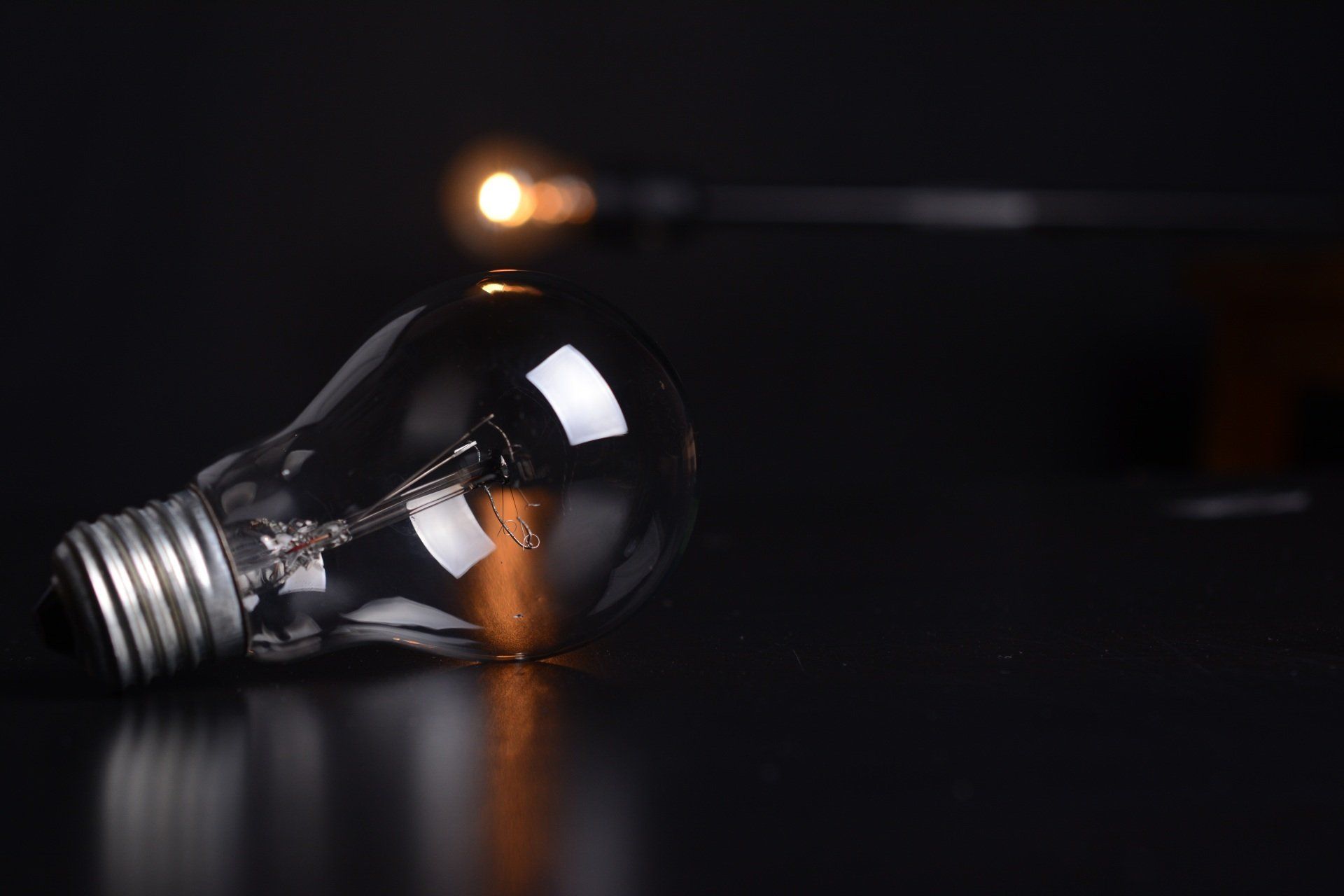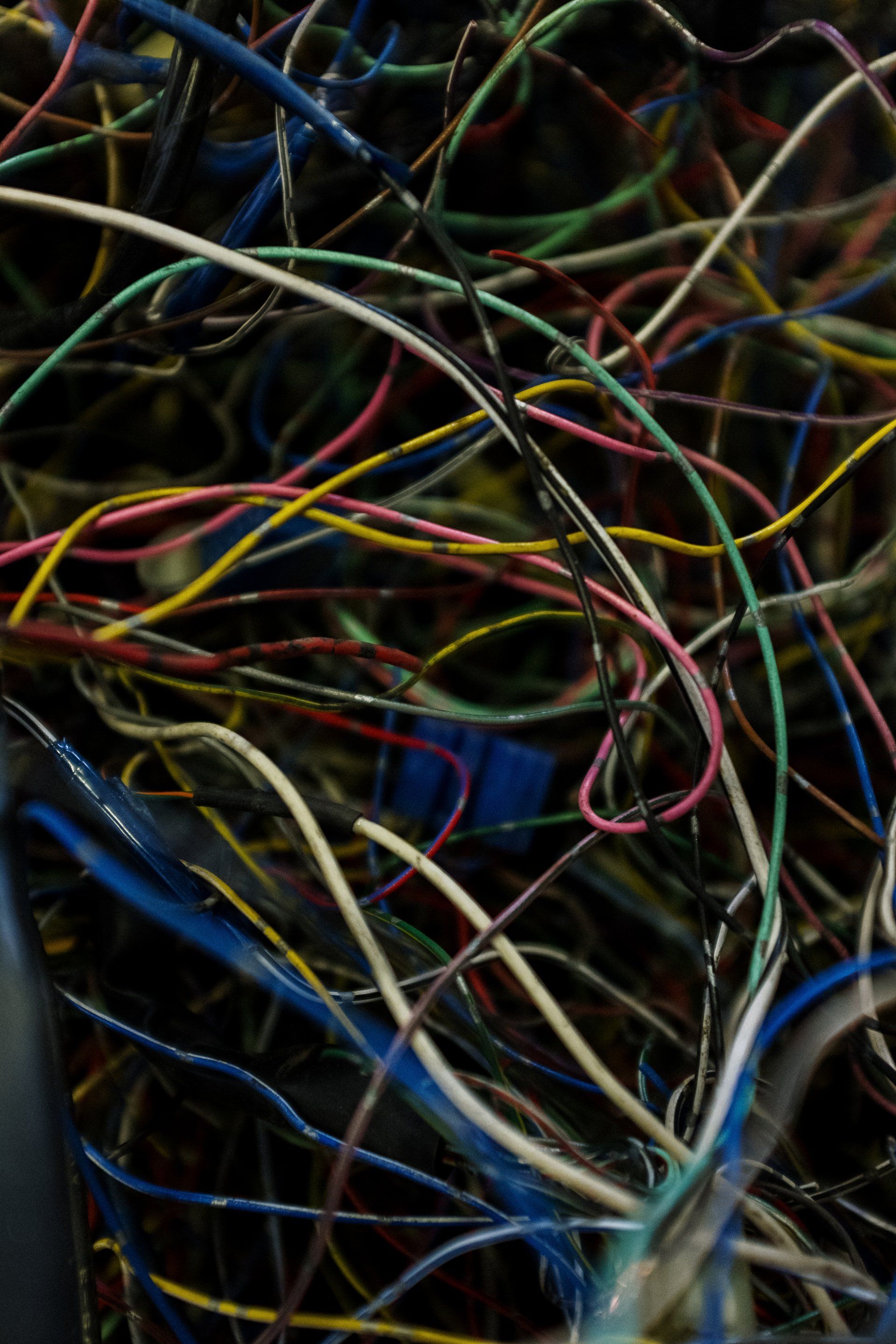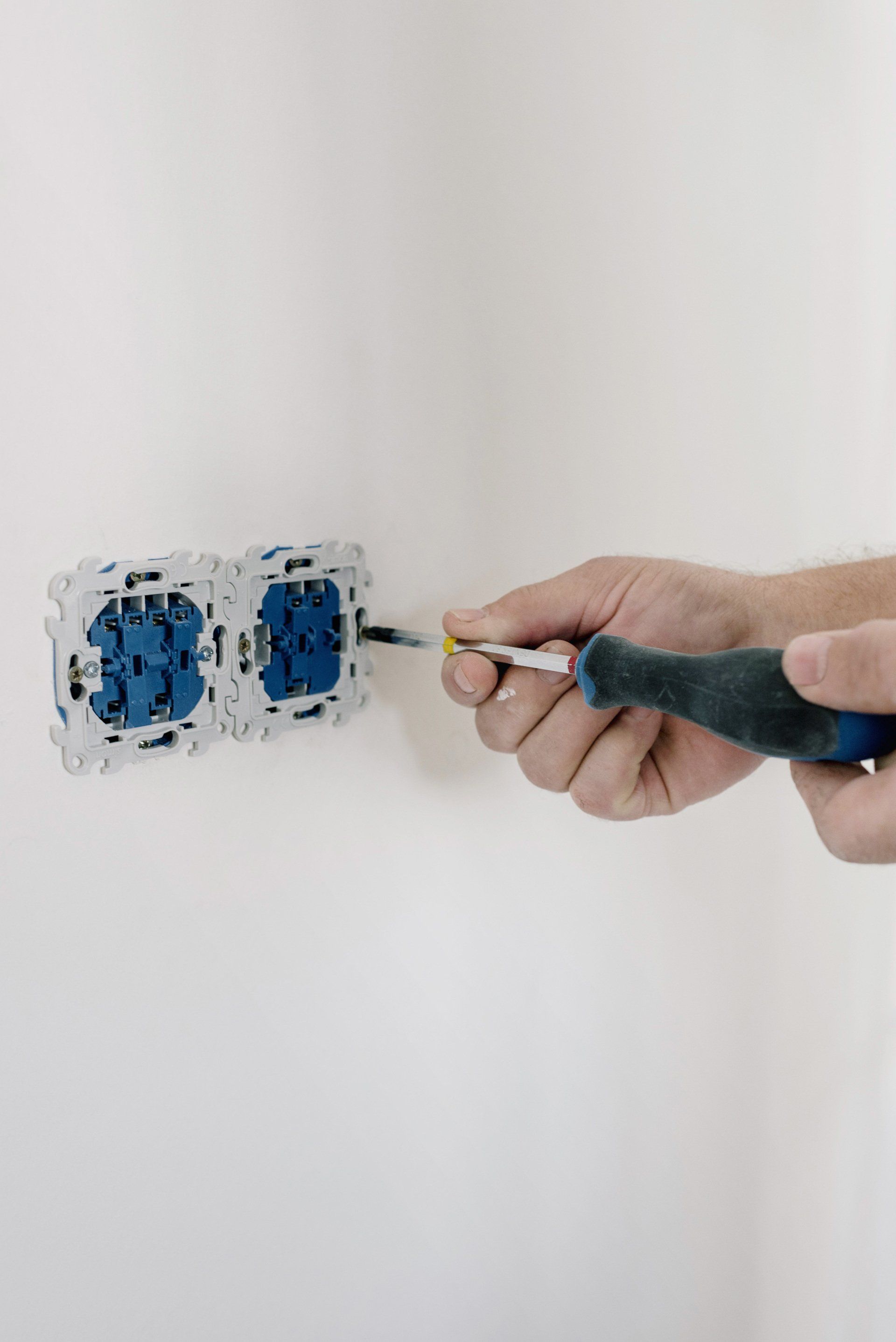An Overview of the Electrical System in Your Home
An Overview of the Electrical System in Your Home
Your home's electrical system is a sophisticated arrangement of breakers and circuits that generate power and allow you to utilize your electrical appliances and devices with ease. The majority of components are hidden behind dry walls or in obscure parts of your home. A basic overview of how your electrical system operates might help you understand the complexity of this work and the electricians who design, install, and repair them as needed.
Electricity in the majority of homes originates from the electrical company, which transmits it via electric wires and poles to the parcel of land where your home is situated. A line connects to the meter, which is often situated outside the residence. The meter measures the electrical usage, which is used to compute your monthly electric bill and serves as the point of entry for power to the remainder of your home.
A supply line from the meter connects to the home's main circuit breaker panel, which is typically a box containing multiple switches. Each switch represents a circuit, which is a series of wires that bring power to a room or appliance, such as the dining room or the air conditioner. An electrician meticulously constructed these circuits prior to the construction of the house to ensure the safety of the residents and the organization of the wiring within the house's walls. By turning off the breakers, the electrical supply is cut off, and a properly constructed home system will ensure that this mechanism works in the event of an electrical overload to decrease the risk of fire and bodily injury.
In each room, the circuit's bundles of wires connect to outlets and switches. Due to the security of the wiring and gadgets installed in these structures, it is safe to activate switches and insert plugs into outlets. The Residual Current Device (RCD) or circuit breaker is a safety device fitted in the outlet or switch to guard against electrical shocks caused by poor wiring. A correctly placed RCD shuts off the power to a circuit breaker or outlet within milliseconds of a person suffering an electric shock.
To be able to turn on a simple lamp or utilize the microwave, a significant portion of your home's electrical infrastructure must be operational. And when there is an obvious issue in your home, it could arise from a number of locations, including the supply line, the meter, the main circuit breaker, or the numerous separate circuits and outlet points. A qualified electrician is able to investigate and resolve the issue without compromising safety.


Get a Free Quote Today!
Electrician Victoria Quote











